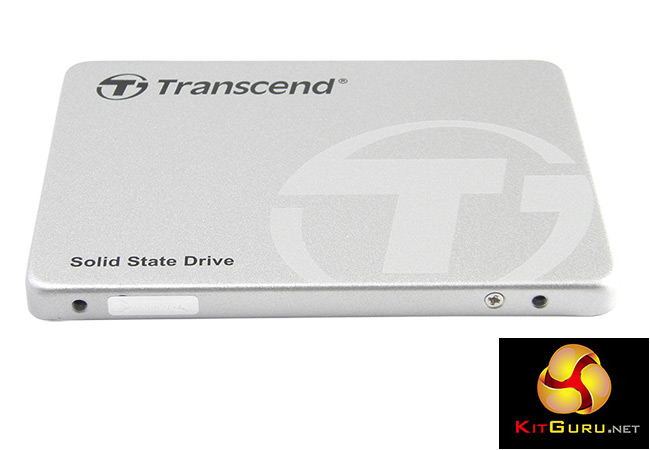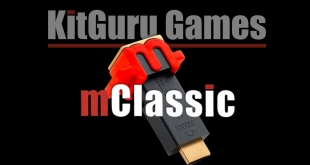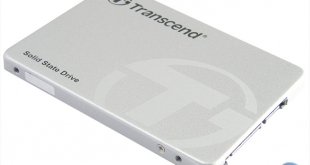
We recently looked at a drive from Transcend's flagship performance SSD range – the SSD370 series, which uses MLC NAND. This time around we are looking at a drive from the other end of the spectrum, the entry level SSD220S which uses TLC NAND.
The SSD220S comes in just three capacities; 120GB, 240GB and the flagship 480GB drive and uses a combination of a Silicon Motion SM2256KAB controller and 16nm TLC NAND.
Transcend quote sequential performance for the drive at 550MB/s for reads and 450MB/s for writes with random 4K IOPS figures of 80,000 IOPS for both reads and writes which are pretty good figures for an entry level drive.
Just in case you were wondering, the drives “S” suffix merely means that it has an aluminium enclosure. Transcend back the drive with a three-year warranty.
Physical Specifications:
Usable Capacities: 120GB, 240GB, 480GB
NAND Components: 16nm Micron TLC NAND
Interface: Serial ATA (SATA) 6Gb/s (SATA III)
Form Factor: 2.5in, 7mm
NAND Controller: Silicon Motion SM2256KAB
Dimensions: 100 × 69.85 × 6.8mm
Drive Weight: 58g
Firmware Version: P0520AA
The front of the Transcend SSD220S 480GB box has an image of the drive, its capacity and a list of three of the drives features.
The rear of the box has a sticker with the drives product number, capacity and NAND type. There's a list of the drive's specifications and performance and a checklist of what's in the box. The remaining text is a multilingual marketing list of some of the drives other features.
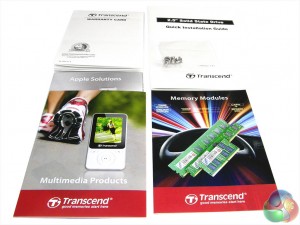
There's not much in the box beside the drive; a warranty card, a quick installation guide, four fixing screws and some very small but useful catalogues of other Transcend products.
Transcend's SSD220S is built on a standard 7mm, 2.5in format using a good quality metal enclosure. To get to the drives internals its just a matter of undoing the four tiny screws on the sides of the drive, two of which are hidden under a pair of void warranty warning stickers.
The drive is built on a compact PCB that only fills about three-quarters of the enclosure. One side of the board is home to four Micron 16nm 64GB TLC NAND packages carrying the FBGA code of NW784, which gives the part number of MT29F512G08EMCBBJ5-6:B when put into Micron's FBGA decoder.
On the other side of the PCB sit the controller, four more Micron 16nm 64GB NAND packages giving the drive a raw capacity of 512GB, and a cache IC. The controller is a Silicon Motion SM2256KAB. The SM2256 is a 4-channel IC using a 32-bit RISC CPU supporting 2D/3D MLC and TLC NAND as well as AES 256, TCG and Opal encryption for added security and it also supports the DevSleep ultra-low power state.
The controller also has proprietary NANDXtend error-correcting and data protection technology built in, which along with LDPC (low-density parity check) and RAID Data Recovery technologies help prolong the TLC NAND's endurance.
The drive uses a Samsung DDR3L-1600 (K4B4G1646D-BYK0) chip for caching duties.
Transcend have an SSD management utility called SSD Scope which can be downloaded from the companies website. SSD Scope has four main sections; Status which provides information about the drive, how much capacity is being used and a wear indicator to show how much life the drive has left.
Next up is the Tool section which holds a performance benchmark, a disk scanner (either quick or full scans) and the secure erase function.
The utility also has a disc cloning tool to enable you to either clone just the OS partition or the extended disc. Finally, there is a firmware update tool which checks the drives firmware and enables you to download any updates but you will have to manually update the firmware yourself via a bootable USB drive.
For testing, the drives are all wiped and reset to factory settings by HDDerase V4. We try to use free or easily available programs and some real world testing so you can compare our findings against your own system.
This is a good way to measure potential upgrade benefits.
Main system:
Intel Core i7 4790K with 16GB of DDR3-2133 RAM, Sapphire R9 390 Nitro and an ASRock Extreme 6 motherboard.
Other Drives:
Crucial BX100 500GB
Crucial MX100 512GB
Crucial MX200 500GB
Intel SSD730 480GB
Kingston HyperX 3K 480GB
OCZ Trion 100 480GB
OCZ Trion 150 480GB
Patriot Ignite 480GB
PNY CS2111 XLR8 480GB
Samsung 830 512GB
Samsung 840DC EVO 480GB
Samsung 840DC PRO 400GB
SanDisk Extreme Pro 480GB
Seagate 600 480GB
SK Hynix Canvas SL300 512GB
SK Hynix Canvas SL301 500GB
Toshiba THNSNF512GCSS 512GB
Transcend SSD370S 512GB
Software:
Atto Disk Benchmark.
CrystalMark 3.0.3.
AS SSD.
IOMeter
All our results were achieved by running each test five times with every configuration this ensures that any glitches are removed from the results. Trim is confirmed as running by typing fsutil behavior query disabledeletenotify into the command line. A response of disabledeletenotify =0 confirms TRIM is active.
Crystalmark is a useful benchmark to measure theoretical performance levels of hard drives and SSD’s. We are using V3.0.4.
While the 480GB SSD220S performs well at deeper queue depths its 4K write performance at shallow queue depths is also very good, especially for a drive aimed at the entry-level end of the market.
The Silicon Motion controller is unconcerned about what type of data it's working with as can be seen by the closeness of the results between the two sets of benchmark results.
The ATTO Disk Benchmark performance measurement tool is compatible with Microsoft Windows. Measure your storage systems performance with various transfer sizes and test lengths for reads and writes. Several options are available to customize your performance measurement including queue depth, overlapped I/O and even a comparison mode with the option to run continuously.
Use ATTO Disk Benchmark to test any manufacturers RAID controllers, storage controllers, host adapters, hard drives and SSD drives and notice that ATTO products will consistently provide the highest level of performance to your storage.
Transcend quote sequential read/write performance figures of 550MB/s and 450MB/s respectively for the 480GB SSD220S, figures which are confirmed by the ATTO benchmark. In fact, our review sample produced an even better write performance than the official figure at 478MB/s.
AS SSD is a great free tool designed just for benching Solid State Drives. It performs an array of sequential read and write tests, as well as random read and write tests with sequential access times over a portion of the drive.
AS SSD includes a sub suite of benchmarks with various file pattern algorithms but this is difficult in trying to judge accurate performance figures.
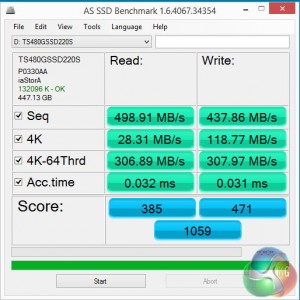
Testing the drive with the AS SSD benchmark produced strong 4K write performance at both shallow and deeper queue depths. It even manages to outperform Transcend's flagship SSD370 in this test.
IOMeter is another open source synthetic benchmarking tool which is able to simulate the various loads placed on hard drive and solid state drive technology.
We test with both random read and write 4k tests, as shown above. There are many ways to measure the IOPS performance of a Solid State Drive, so our results will sometimes differ from manufacturer’s quoted ratings. We do test all drives in exactly the same way, so the results are directly comparable.
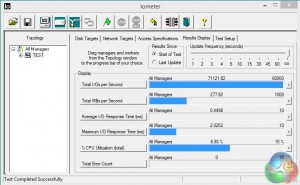
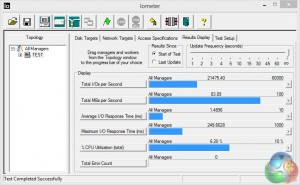
Transcend quote 4K IOPS performance figures for the SSD220S 480GB at up to 80,000 IOPS for both read and writes. Unfortunately the review drive failed to get anywhere near that figure for either. For reads the drive produced an IOPS figure of 71,121 IOPS while writes were a very disappointing 21,145 IOPS.
To test real life performance of a drive we use a mix of folder/file types and by using the FastCopy utility (which gives a time as well as MB/s result) we record the performance of drive reading from & writing to a 256GB Samsung SSD850 PRO.
60GB Steam folder – 29,521 files.
50GB File folder – 28,523 files.
12GB Movie folder – 24 files (mix of Blu-ray and 4K files).
10GB Photo folder – 621 files (mix of .png, raw and .jpeg images).
10GB Audio folder – 1,483 files (mix of mp3 and .flac files).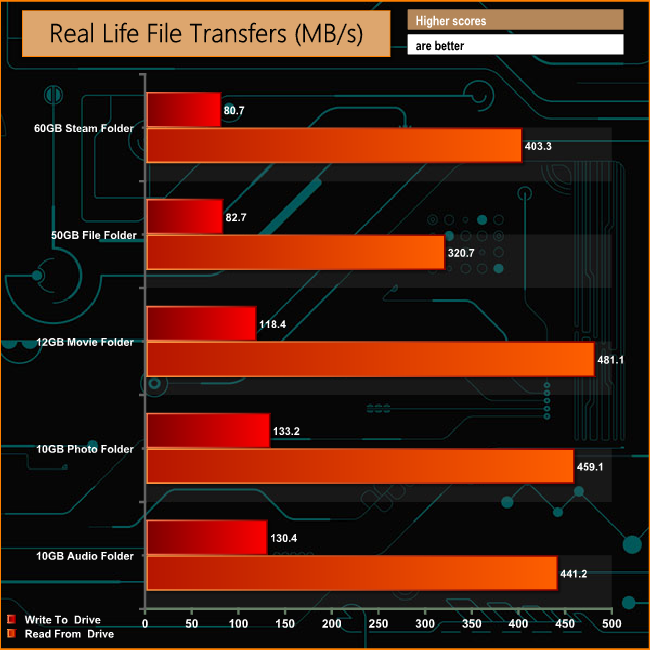
The real life folder transfer tests saw some alarming dips in write performance, so much so that we watched the tests very closely to see what was happening.
The 60GB Steam Folder file transfer for example, started at a very reasonable 325MB/s but almost immediately the performance started to decay so by the time 35GB had been written, the MB/s rate had fallen to 86MB/s.
On the other hand, the read performance remained strong across the tests.
Triple Cell NAND (TLC) is rapidly becoming the weapon of choice for SSD drive manufacturers launching drives into the entry level market segment. All the leading names either have a TLC drive in this segment or are planning to; the 220S series being Transcend's first TLC NAND drive.
The performance of the 480GB SSD220S is something of a puzzle to say the least. The drive performs well in the Crystal Disk Mark 4K Queue depth 32 test, even outperforming Transcend's SSD370S as it also does in the AS SSD benchmark. The drive confirms the official 550MB/s and 450MB/s read/write sequential performance figures in the ATTO benchmark.
However, things start to go awry in quite a major way when the drives 4K random IOPS performance was tested under the IOMeter benchmark.
Transcend quote 80,000 IOPS for both read and writes for the drive. Our review sample could get nowhere near that figure, producing a read figure of 71,121 IOPS, which is short of the official figure, although not too bad and likely related to different methodologies in testing procedures. The 4K random write IOPS performance however was a major disappointment as the drive could only manage a very disappointing 21,145 IOPS.
It was the same story with the real-life file transfer tests. The read performance of the drive was strong across all the tests, averaging 421MB/s. The only test where it dipped below 400MB/s was when dealing with the 50GB folder of small files. The write performance was a completely different story. All the file transfers started strongly and then the transfer rate dropped dramatically. We saw it happening using both the FastCopy utility and the standard Windows file copy – a peak and then a plunge worthy of any black day on the Footsie.
Transcend drives are never the easiest to find but nether the less we found the 480GB drive for sale for £98.22 inc VAT at Ballicom International HERE which is a pretty competitive price.
Pros
- Strong 4K MB/s performance at shallow and deeper queue depths.
- Competitive Price.
Cons
- Disappointing 4K IOPS performance, particularly writes.
- Very low real-life write performance figures.
- 3 year is limited by today's standards.
Kitguru says: The entry level SSD market is a very competitive one but at least Transcend has given the 480GB SSD220S a fighting chance with the pricing.
Be sure to check out our sponsors store EKWB here
 KitGuru KitGuru.net – Tech News | Hardware News | Hardware Reviews | IOS | Mobile | Gaming | Graphics Cards
KitGuru KitGuru.net – Tech News | Hardware News | Hardware Reviews | IOS | Mobile | Gaming | Graphics Cards


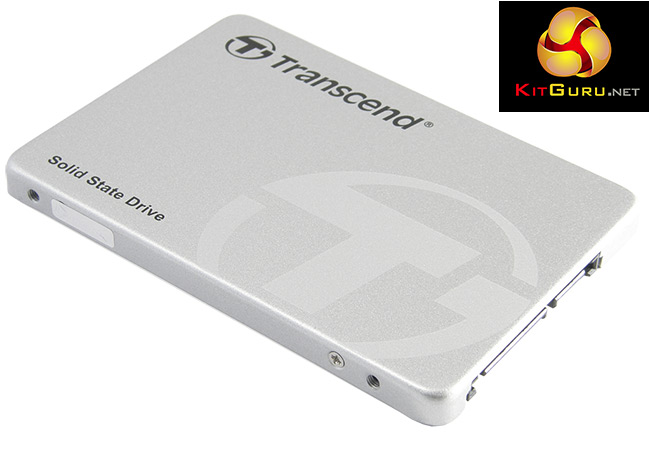
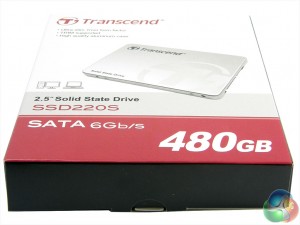
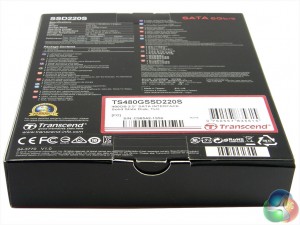
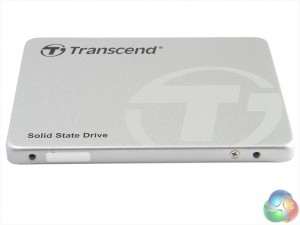
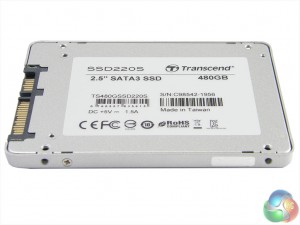
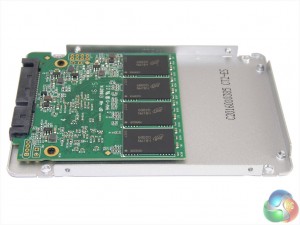
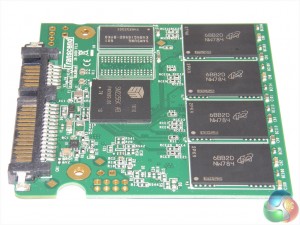
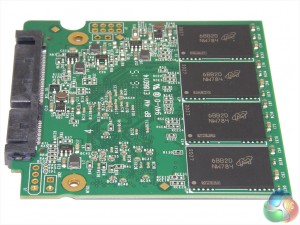
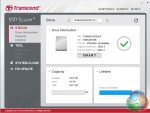
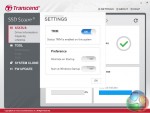
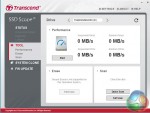
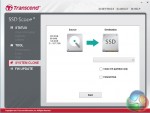
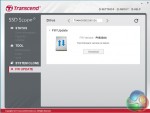
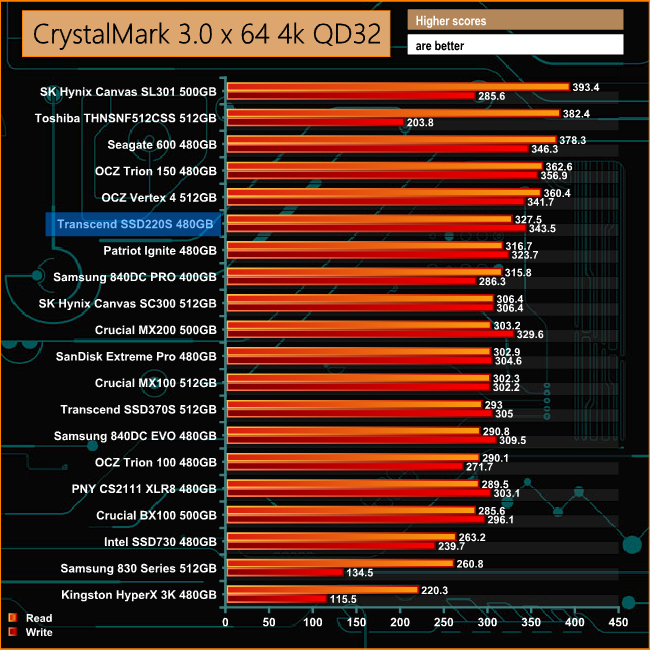
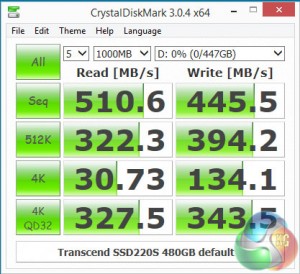
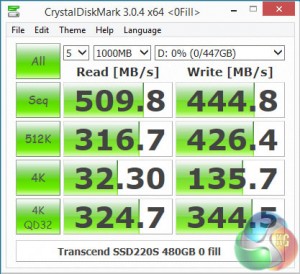
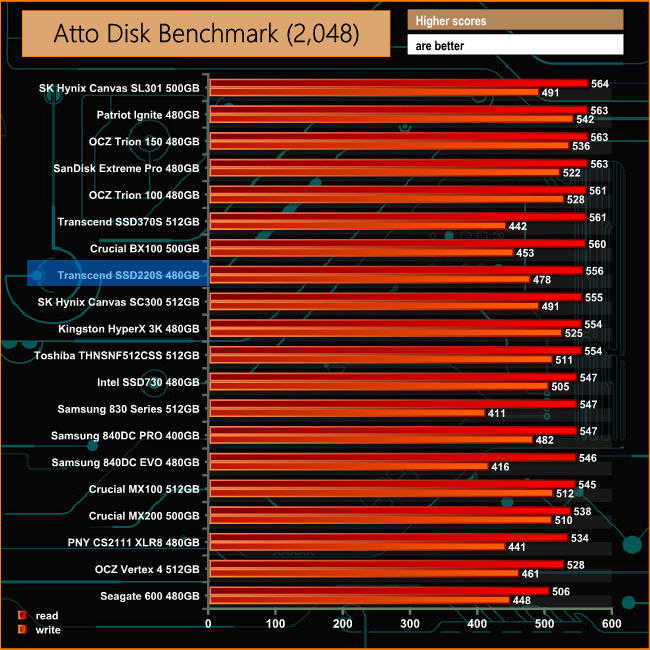
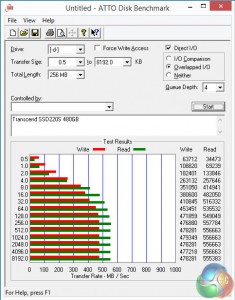
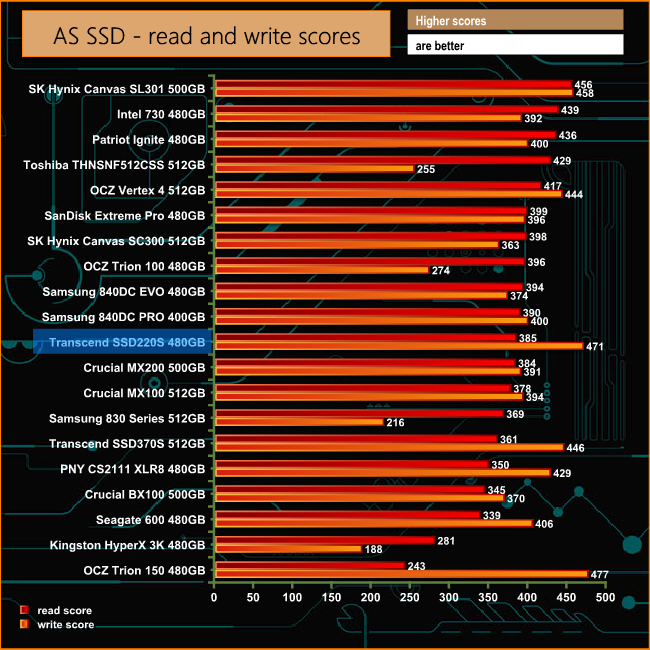
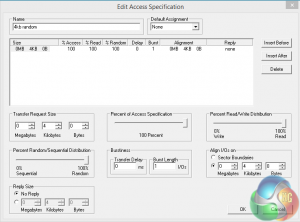
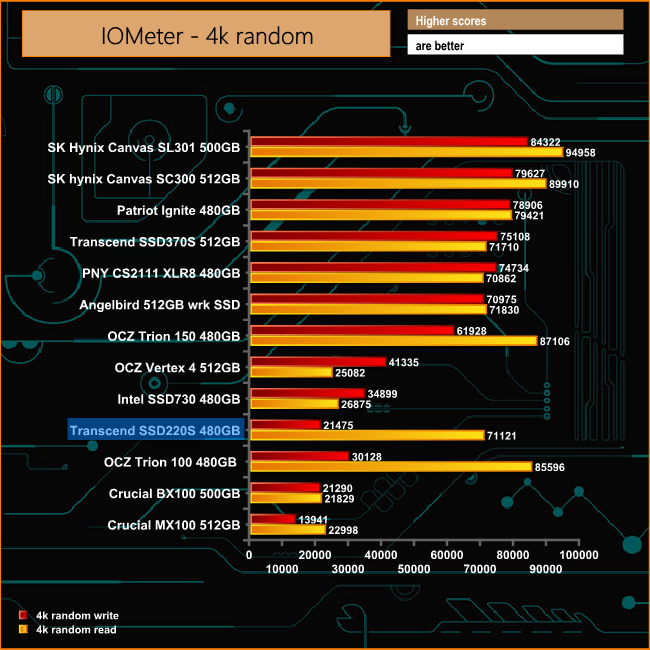 n
n